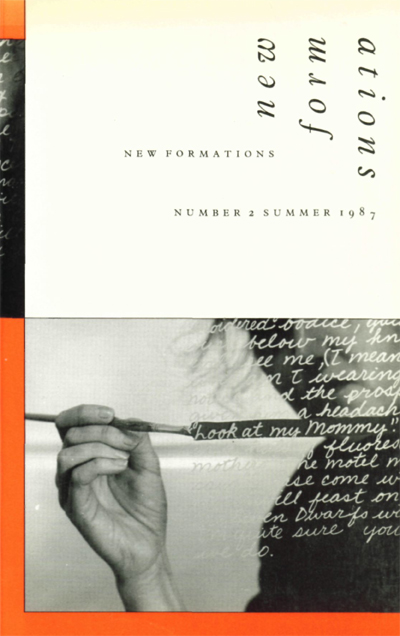
The migrations of modernism: remaking English Studies in the Cold War
New Formations - Print ISSN 0950-2378 - Online ISSN 1741-0789
Volume 1987 Number 2
The migrations of modernism: remaking English Studies in the Cold War
Alan Sinfield
Abstract
Modernism was reinvented and appropriated by the United States in the 1950s as part of a Cold War strategy to demonstrate US cultural hegemony. There are parallels between modernism and ‘NATO ideology’ in so far as both reflect US global chauvinism and both reject a (Soviet) realist alternative. Modernism, anti-modernism and postmodernism are all discussed in relation to this thesis and the work of key writers is examined, including that of Davie, Alvarez, Kermode, Spender and Eagleton.
SORRY - you are not registered as being permitted online access to the full text of this article
You have the following options:
- If you are viewing this via an institution or academic library you can ask that your institution takes out a Subscription to this journal.
- If you already have a Personal Subscription please login below
Forgotten your username / password? Click here to locate
- Purchase an annual Personal Subscription
PRINT + DIGITAL personal subscription (£45 / year)
DIGITAL personal subscription (£30 / year)
A Personal Subscription provides immediate access not only to the single article you are seeking, but also to all past and future articles in this journal up to the expiry of your annual (calendar year) subscription. - Purchase immediate access to this single article (UK£7.00) - Buy article Coming Soon
To cite this article
Alan Sinfield (1987) The migrations of modernism: remaking English Studies in the Cold War, New Formations, 1987(2)
